Electron wave functions of a 2D slice of a Triple Gate MOSFET¶
In this tutorial we demonstrate the 2D simulation of a Triple Gate MOSFET. We solve the two-dimensional Schrödinger and Poisson equations self-consistently for a 2D slice. We would see the difference between the electron densities caluculated quantum mechanically and classically.
The relevant input files are as follows:
2DSi_TGMOS_2Dcut_atGate_cl.in / *_nnp.in
2DSi_TGMOS_2Dcut_atGate_qm.in / *_nnp.in
2DSi_TGMOS_2Dcut_atGate_qm_iso.in / *_nnp.in
3DSi_TGMOS_5 nm_SD0V_G0V_qm.in
3DSi_TGMOS_5 nm_SD0V_G05V_qm.in
If you want to obtain the input files that are used within this tutorial, please contact support [at] nextnano.com.
The values and graphs described in this tutorial are the result of nextnano³.
2D Simulation¶
Structure¶
A Triple Gate MOSFET is a nanowire if the dimensions along the x and y directions are only a few nanometers, thus quantization effects have to be taken into account. The structure considered is as follows:
The Si channel has a rectangular shape with a width of 5 nm and a height of 5 nm.
The Si channel is surrounded by SiO2 (thickness 1.5 nm).
The Si/SiO2 nanowire is surrounded by a Gate (at the left and right side, and at the top).
The following schematic shows a 2D slice of a 3D Triple Gate MOSFET.
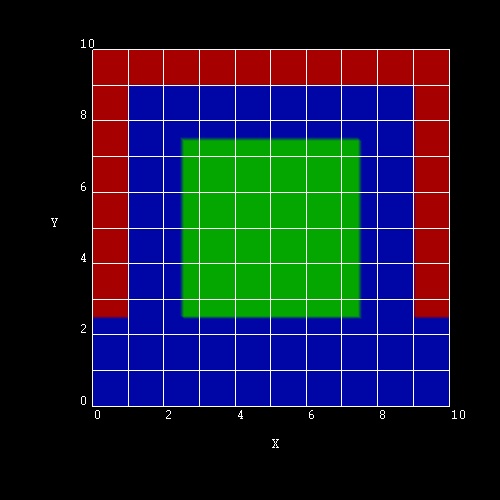
Figure 2.4.15.49 2D slice of a 3D Triple Gate MOSFET¶
Simulation Details¶
In this tutorial we will only simulate this 2D slice and not the whole 3D structure.
We apply a voltage of 0.5 V to the Gates and solve the two-dimensional Schrödinger and Poisson equations self-consistently (including the SiO2 region).
There are six equivalent conduction band minima in silicon (Delta valleys). Since the constant energy surfaces are ellipsoids, the mass tensor has the following two kinds of effective masses:
The longitudinal mass is \(0.916 m_0\).
The transversal mass is \(0.190 m_0\) (2 directions).
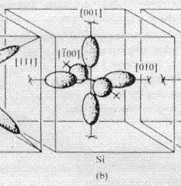
Figure 2.4.15.50 constant energy surface of Si conduction band¶
Therefore, we need to solve three 2D Schrödinger equations with different effective mass tensor orientations.
Our Schrödinger equations are numbered X1, X2, X3 in nextnano++ or deg1, deg2, deg3 in nextnano³.
X1/deg1: a) \(m_{xx} = m_l = 0.916 m_0\), \(m_{yy} = m_t = 0.190 m_0\)X2/deg2: b) \(m_{xx} = m_t = 0.190 m_0\), \(m_{yy} = m_l = 0.916 m_0\)X3/deg3: c) \(m_{xx} = m_{yy} = m_t = 0.190 m_0\)
The potential \(E_c(x,y)\) that enters the Schrödinger equation is the same in these three cases.
Note
The cases a) and b) are not identical (i.e. degenerate) because the potential is not symmetric with respect to exchanging x and y coordinates.
The following keyword and specifier can be used to output the effective mass tensors (\(1/m_{ij}\)).
# nextnano++
output{
...
material_parameters{
...
charge_carrier_masses{
boxes = yes
}
}
}
! nextnano3
$output-1-band-schroedinger
...
effective-mass-tensor = yes
Results¶
Electron wave functions \(|\psi^2|\)¶
2DSi_TGMOS_2Dcut_atGate_qm_nnp.in, *_nn3.in
The lowest eigenstates for the cases a), b) and c) are the following:
X1/deg1: a) \(m_{xx} = m_l = 0.916 m_0\), \(m_{yy} = m_t = 0.190 m_0\)
Figure 2.4.15.51 \(E_{1,X1}=-26\) meV, \(E_{2,X1}=-1\) meV, \(E_{3,X1}=77\) meV¶
Here, the heavier mass is along the x direction, and the lighter mass along the y direction. The energy spacing between the two lowest subbands is about 24 meV. The eigenvalues are contained in bias_00000/Quantum/energy_spectrum_quantum_region_X1_00000.dat/Schroedinger_1band/ev2D_cb003_qc001_sg001_deg001_dir_Kx001_Ky001_Kz001.dat.
X2/deg2: b) \(m_{xx} = m_t = 0.190 m_0\), \(m_{yy} = m_l = 0.916 m_0\)
Figure 2.4.15.52 \(E_{1,X2}=-28\) meV, \(E_{2,X2}=6\) meV, \(E_{3,X2}=82\) meV¶
Here, the lighter mass is along the x direction, and the heavier mass along the y direction. The energy spacing between the two lowest subbands is about 35 meV. The eigenvalues are contained in bias_00000/Quantum/energy_spectrum_quantum_region_X2_00000.dat/Schroedinger_1band/ev2D_cb003_qc001_sg001_deg002_dir_Kx001_Ky001_Kz001.dat.
X3/deg3: c) \(m_{xx} = m_{yy} = m_t = 0.190 m_0\)
Figure 2.4.15.53 \(E_{1,X3}=16\) meV, \(E_{2,X3}=167\) meV, \(E_{3,X3}=173\) meV¶
These eigenvalues have the lighter mass in the x and y directions. Consequently, their energies are much higher than in the other two Schrödinger equations. The energy spacings between the lowest subbands is of the order 140-150 meV. The eigenvalues are contained in bias_00000/Quantum/energy_spectrum_quantum_region_X3_00000.dat/Schroedinger_1band/ev2D_cb003_qc001_sg001_deg003_dir_Kx001_Ky001_Kz001.dat.
(Compare the wave functions and the energies with the isotropic case as discussed further below.)
Electron density¶
The resulting electron density has the following shape, see Figure 2.4.15.54:
The units are \(1 \times 10^{18}\)cm-3. The density has been calculated by occupying the eigenstates with respect to the Fermi level which is at 0 eV. Note that the quantum mechanical density is close to zero near the Si/SiO2 interfaces because the wave functions tend to zero at the SiO2 barriers.
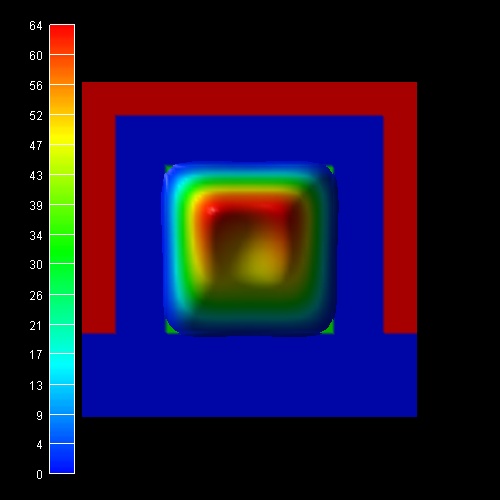
Figure 2.4.15.54 electron density¶
Figure 2.4.15.55 shows the same quantum mechanical electron density together with two slices through the conduction band edges. The units are in eV and the conduction band offset between SiO2 and Si is 3.1 eV. At the gates, the conduction band edge is set to -0.5 eV, representing the applied bias of 0.5 eV. One can clearly see that for silicon in the middle of the nanowire the conduction band has its highest value and its lowest value close at the Si/SiO2 interface.
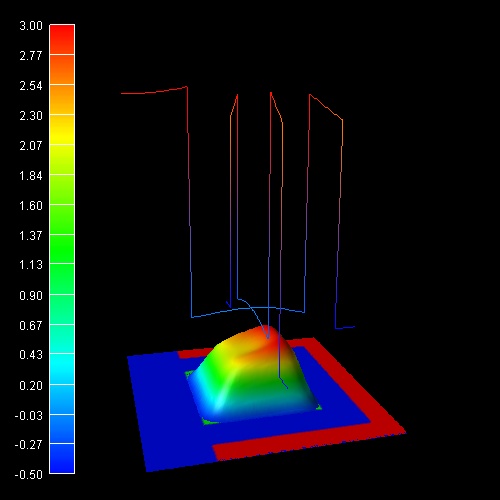
Figure 2.4.15.55 electron density and slices through the conduction band edges¶
If one had neglected the effect of quantum confinement, then the resulting classical electron density would have peaks near the Si/SiO2 interfaces as is shown in Figure 2.4.15.56.
2DSi_TGMOS_2Dcut_atGate_cl_nnp.in, *_mm3.in
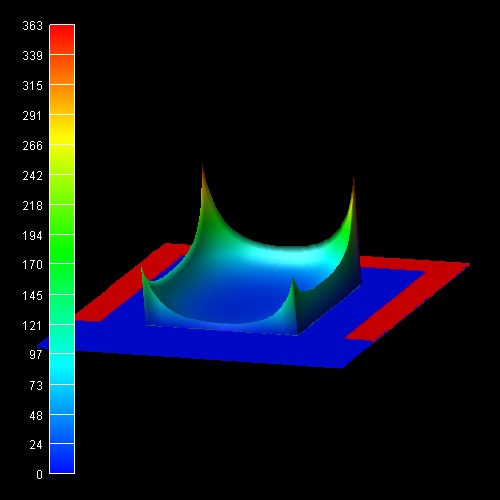
Figure 2.4.15.56 classical electron density calculated by 2DSi_TGMOS_2Dcut_atGate_cl.in¶
Obviously, a realistic calculation of such transistors cannot be based on classical densities. The full 2D (or better 3D) Schrödinger equations have to be solved. The IV characteristics of such a quantum-mechanically calculated Triple Gate MOSFET transistor will be discussed in another tutorial.
Isotropic electron masses¶
Very often, for simplicity, an isotropic electron mass for the Schrödinger equation is assumed. E.g. the DOS (density of states) electron mass of Si in the Delta minima can be calculated as follows:
In this case, only one Schrödinger equation has to be solved (in contrast to three equations as described above).
The wave functions and energies in this case are:
\(m_{xx} = m_{yy} = m_{DOS} = 0.321 m_0\)

Figure 2.4.15.57 \(E_{1}=-21\) meV, \(E_{2}=69\) meV, \(E_{3}=75\) meV, \(E_{3}=166\) meV¶

Figure 2.4.15.58 \(E_{5}=262\) meV, \(E_{6}=270\) meV, \(E_{7}=360\) meV, \(E_{8}=360\) meV¶
The wave functions \(|\psi^2|\) look very similar as in the case of “X3/deg3: c)” (see above) where the masses are isotropic in the (x,y) plane but here, the energy spacings between different subbands are smaller (around 90-100 meV) because the DOS mass is larger than the transversal masses.
The eigenvalues are contained in bias_00000/Quantum/energy_spectrum_quantum_region_X3_00000.dat/Schroedinger_1band/ev2D_cb003_qc001_sg001_deg001_dir_Kx001_Ky001_Kz001.dat.
3D simulation of the Triple Gate MOSFET¶
The following figures show the results of the self-consistent 3D Schrödinger-Poisson solution of this Triple Gate structure (Si channel length = 25 nm, source region length = 10 nm, drain region length = 10 nm, constant doping profile in source and drain region with a doping concentration of \(1\times10^{20}\) cm-3 (fully ionized)
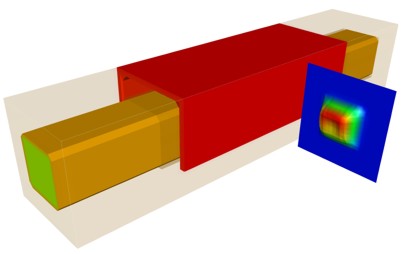
Figure 2.4.15.59 The whole 3D structure of this triple gate MOSFET and electron density through a 2D slice¶
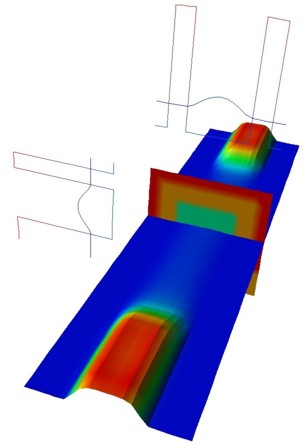
Figure 2.4.15.60 closed channel, \(V_{SD}=0.0\)V, \(V_{SG}=0.0\)V¶
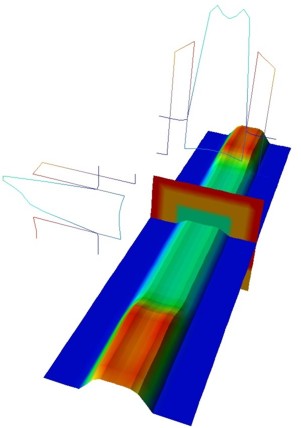
Figure 2.4.15.61 open channel, \(V_{SD}=0.0\)V, \(V_{SG}=0.5\)V¶
The plots show the isosurfaces of the electron densities along 2D slices through the Triple Gate MOSFET. Figure 2.4.15.60 and Figure 2.4.15.61 also show 1D slices of the conduction band profiles and 1D slices of the electron densities in the middle of the device.
The classical densities would look similar to the classical densities of the 2D calculations shown above.
Last update: nn/nn/nnnn